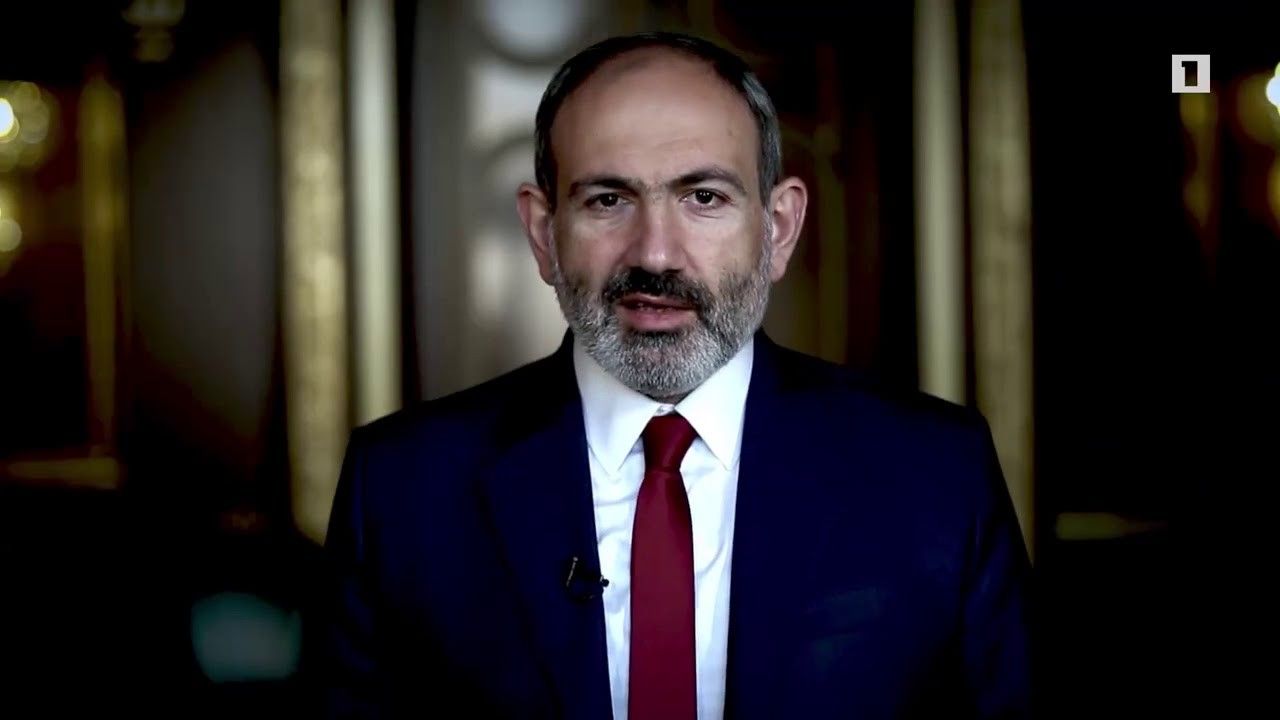Lachin Corridor is genocide prevention corridor: Nikol Pashinyan

The consistent actions by Azerbaijan make the concerns more and more materialized that Baku is organizing, preparing genocide in Nagorno-Karabakh, Prime Minister of Armenia Nikol Pashinyan said in his remarks during the 4th Global Forum against the Crime of Genocide in Yerevan.
“In 2021 we witnessed situations when in Nagorno-Karabakh civilians conducting agricultural works were killed by a sniper just while on their own tractor. After that, we noticed other events when Azerbaijani armed forces entered Nagorno-Karabakh, the area which is under the responsibility of the Russian peacekeepers, and that process was accompanied by a number of events which are worth mentioning. Particularly, during nighttime the Azerbaijani armed forces used strong projectors, they were illuminating the houses after the midnight, and inviting Armenians to join Islamic prayers and with loudspeakers commanding Armenians to leave their homes. Of course, we respect the Islamic culture and religion, and the evidence of that is having the Blue Mosque in the center of Yerevan, which has been restored during the years of independent Armenia, but regional terrorism is what I see, I cannot give it any other definition”, the PM said.
The Armenian PM said that these incidents are correlated.
“Today we see consistent actions which make more and more materialized the concerns that Azerbaijan is indeed planning genocide in Nagorno-Karabakh,” he said.
He also touched upon the blocking of Lachin corridor by Azerbaijan, stating that some are trying to draw parallels between the Lachin corridor and other communications existing in the region, or the communications that will launch or be built.
“I want to note that the Lachin corridor is for preventing genocide, closing that corridor, suspending its operation means condemning the Armenians of Nagorno-Karabakh to a genocide via three different scenarios”, he said.
According to the PM, the first scenario can be empting Armenians of the land, when Armenians of Nagorno-Karabakh do not have the opportunity to live in their houses on their lands.
“And this mini model that we see in the Hadrut region of Nagorno-Karabakh where not a single Armenian lives there after the 44-day of 2020.
I also want to state that the statement of November 9, 2020 ensures return of refugees to Nagorno-Karabakh and adjacent areas with the support of the Office of the UN High Commissioner for Refugees, but as of now even the representatives of the Office of the High Commissioner for Refugees have not had the opportunity to enter those areas, not to mention the civilians of Hadrut region”, he said.
The next scenario, according to Pashinyan, is the loss of identity. Pashinyan calls this one of the potential genocide models.
“And the battle Azerbaijan is running today against the names and historical-cultural monuments of Nagorno-Karabakh, is the clear evidence of that. When we speak about security, sometimes we think only the physical security, but the identity security is the inseparable part of human rights and security. Today we see a situation when an attempt is made to present the internationally recognized Armenian historical-cultural monuments as having origins of another nation, another country. This is not just a fight against lifeless monuments, this is a battle against the identity. This battle does not have a historical context, it has a practical context. The purpose of this battle is to prove that Armenians have no right to live in Nagorno-Karabakh”, Pashinyan said.
He said that there is a task at a state level to erase the Armenian writings and replace them with the so-called “true” writings.
“What is this, if this is not a preparation to genocide, there is no other way I can define what is happening here”, he said.
And the third one, he said, is the physical destruction. Pashinyan said that the realities and signs of physical destruction are also visible, starting from making farmers a target for a sniper up to bombarding civilian settlements and their residents during the 44-day war.